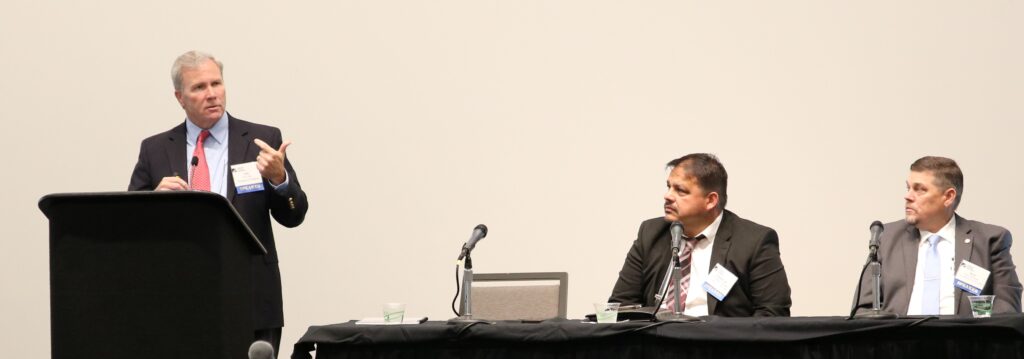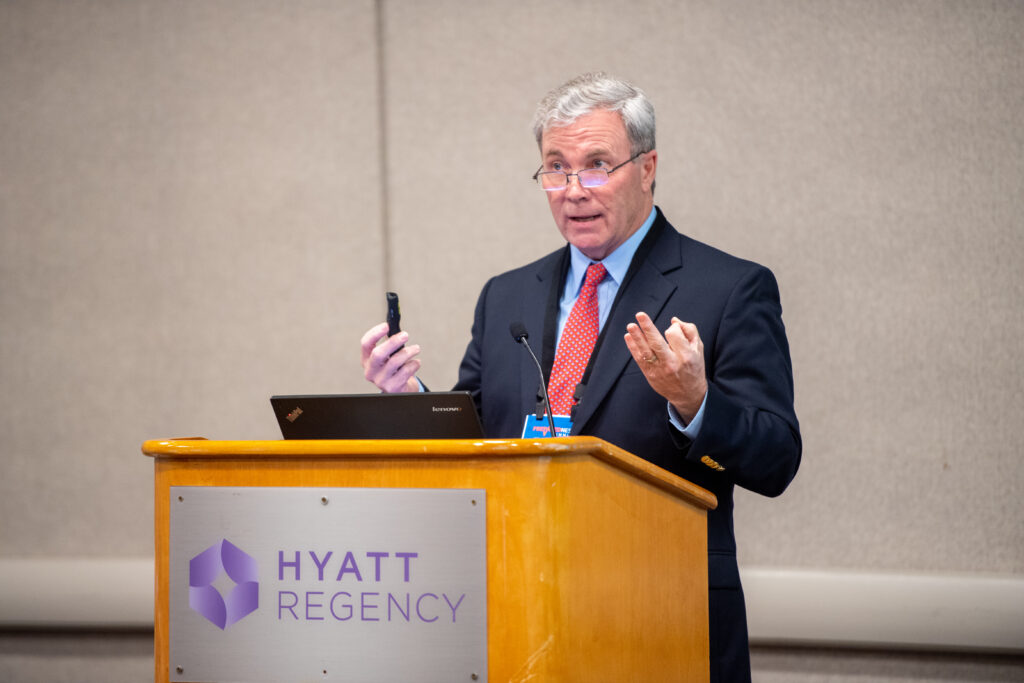Powered for Patients, a 501c3 non-profit that works to safeguard emergency power in critical healthcare facilities and boost power outage support for in-home life support users, announced today the appointment of two new members to its Board of Directors.
John Wilgis, MBA, RRT, the Vice President for Member and Business Relations for the Florida Hospital Association and Mary Casey Lockyer, MHS, BSN, RN, CCRN, the former Disaster Health Services Program Lead at the national headquarters of the American Red Cross, have both been appointed to the Board.
“I’m very excited to welcome John and Mary to our Board of Directors,” said Eric Cote, founder and project director for Powered for Patients (P4P). “They are both respected national leaders in disaster preparedness and response and their unique skillsets will help advance our important work on many fronts.”
“Given the number of deadly hurricanes Florida has experienced over the years, I’ve seen how much a disaster-impacted community depends on its hospitals to remain operational during power outages,” said Wilgis. “That’s why the work of Powered for Patients in developing and promoting best practices that safeguard emergency power is so critical and something I’m excited to support.”
During her tenure at the American Red Cross, Casey-Lockyer saw first-hand the serious challenges facing individuals who rely on electric-powered medical devices and sought refuge in disaster shelters. Many shelters were ill-equipped to provide the services and supports medical device users required.
“The work Powered for Patients is doing to boost power outage support for life support users living at home is truly groundbreaking,” said Casey-Lockyer. “I look forward to working with Eric and our other board members to support this work and help it realize its full potential.”
Power Outage Partners, a P4P initiative, seeks to provide life-saving power to individuals who rely on life support equipment at home, extending device run time so patients have more time to safely evacuate during power outages. In short duration outages, the need to evacuate may be averted. The latest Power Outage Partners initiative is being advanced in Texas, a state where recent natural disasters, including Winter Storm Uri in 2021 and Hurricane Beryl in 2024, created deadly challenges for individuals depending on electric powered medical devices.
The first Power Outage Partners initiative was launched as a pilot in Louisiana, a state that has also seen more than its share of natural disasters. Initial planning for the project was made possible with CDC funding and project management support from the Association of State and Territorial Health Officials (ASTHO).
ASTHO published a Toolkit in 2023 that chronicles the Louisiana project and details other strategies jurisdictions can use to boost power outage support for individuals relying on electric-powered medical devices in their homes.
In welcoming its newest board members, Cote also thanked outgoing P4P board chair April Salas for her contributions over the years. “April’s senior-level experience at the Department of Energy supporting power outage planning with our nation’s governors and local officials gave her the perfect perspective to help support the mission of Powered for Patients as our Board Chair,” said Cote.
Mehdi Moutihar, a former professor of entrepreneurship at Johnson & Wales University, who currently serves as an organizational development consultant and executive coach, continues to serve on the P4P board.


